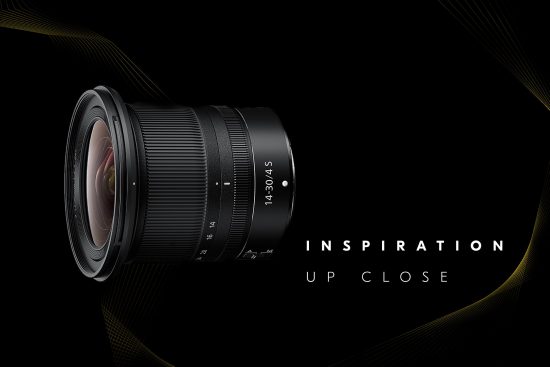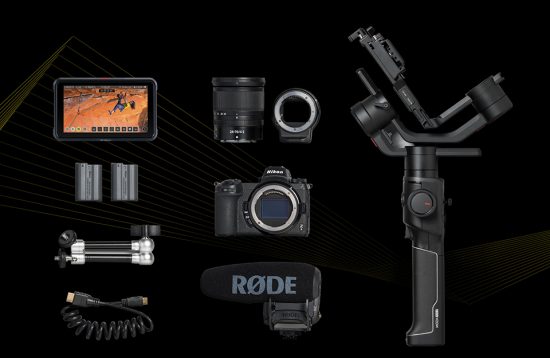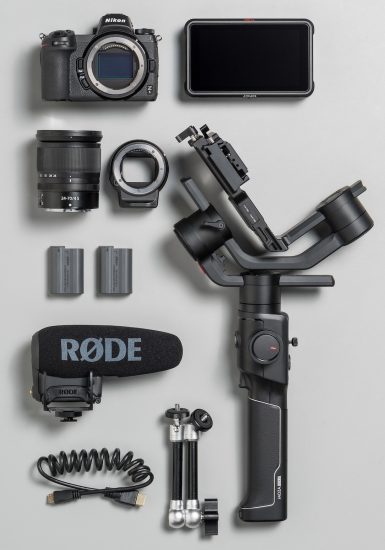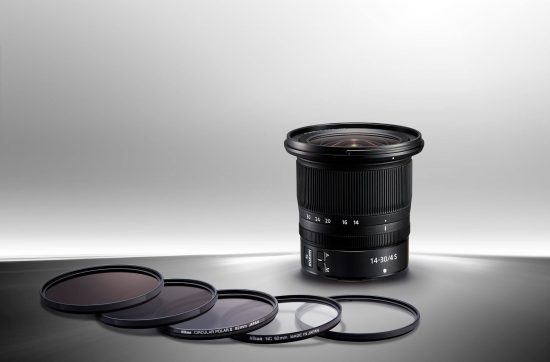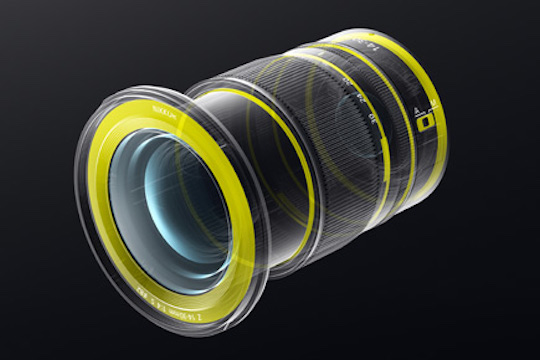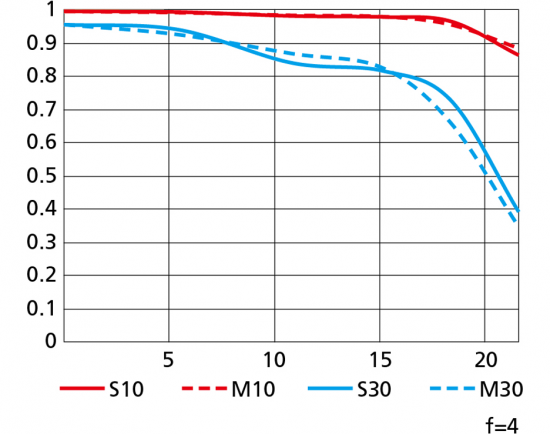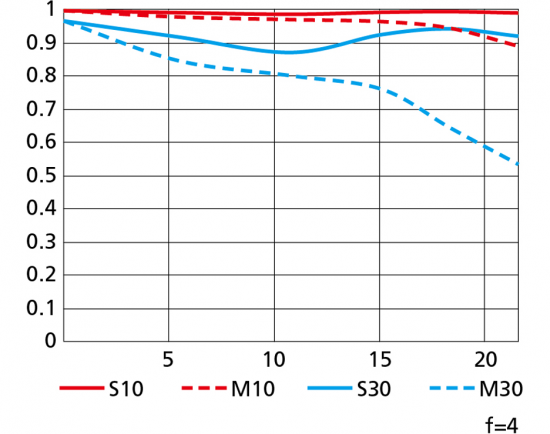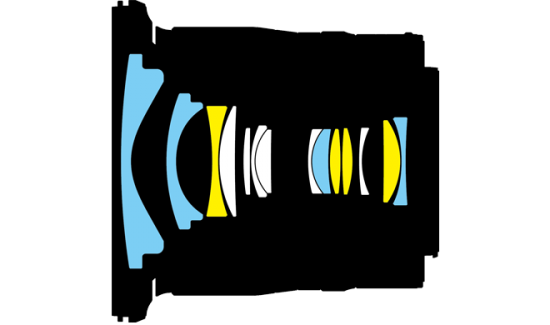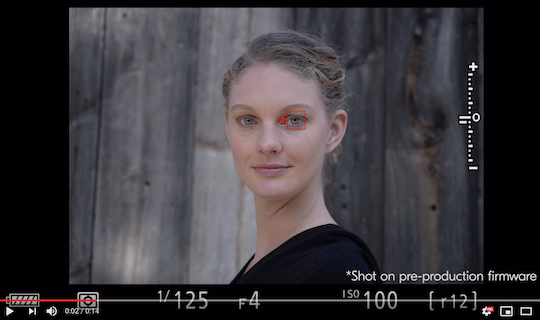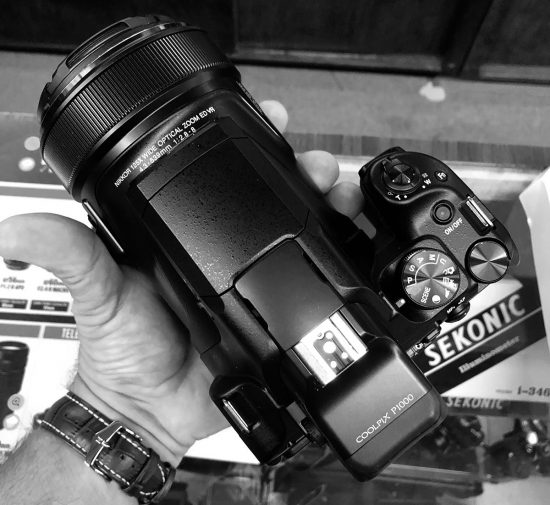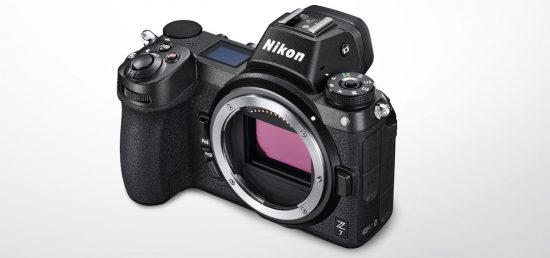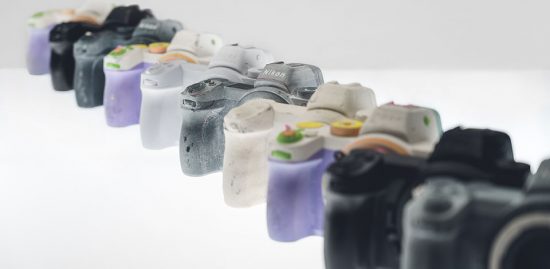

As already reported, today Nikon officially announced the Nikkor Z 14-30mm f/4 S ultra-wide-angle zoom full-frame mirrorless lens. Pre-orders are now open:
Primary lens features:
- Support for a range of focal lengths that allows users to enjoy dynamic expression from the ultra-wide-angle 14 mm to the highly practical wide-angle 30 mm commonly used to capture a wide variety of subjects and scenes
- The world’s first full-frame ultra-wide-angle zoom lens starting at 14 mm focal length to support filter attachment
- A retractable mechanism that works without buttons helps achieve compact portability while supporting immediate shooting
- Outstanding optical performance that delivers excellent image and video quality throughout the entire zoom range
- Optics for which four ED glass and four aspherical lens elements have been adopted ensure excellent resolution, across all edges of the frame, from maximum aperture
- Nikon’s exclusive coating technologies, including Nano Crystal Coat, effectively suppresses ghost and flare for clear images
- A constant maximum aperture of f/4 throughout the entire zoom range maintains exposure settings while the zoom function is in use
- A control ring that demonstrates superior operability with quiet and smooth operation
- Focus breathing control that is effective not only with movie recording, but also for focus shift shooting
- Designed with consideration to dust and drip resistance; fluorine coat effectively repels dust, water droplets, grease, and dirt
- Adoption of a stepping motor (STM) realizes a fast, quiet, and accurate AF drive for both still-image and movie recording
- An electromagnetic diaphragm mechanism enables extremely precise aperture control
Nikon NIKKOR Z 14-30mm f/4 S MTF chart:


Nikon NIKKOR Z 14-30mm f/4 S lens design:

Promo video:
Technical specifications, additional pictures of the new lens and the full press release:
Read More »
